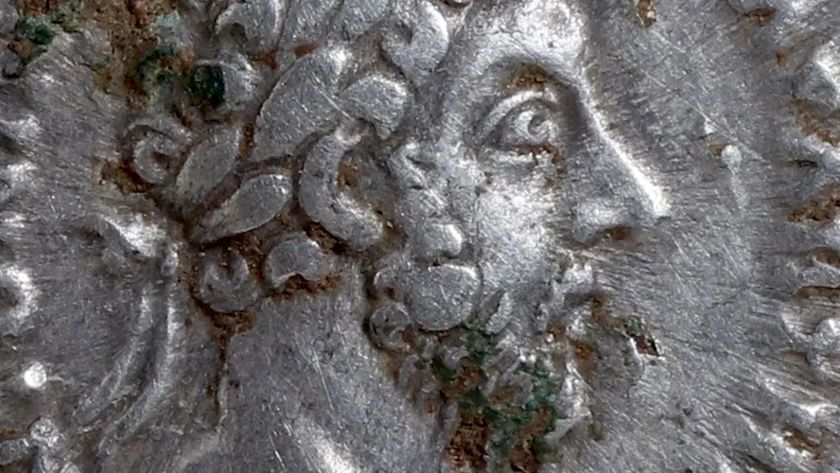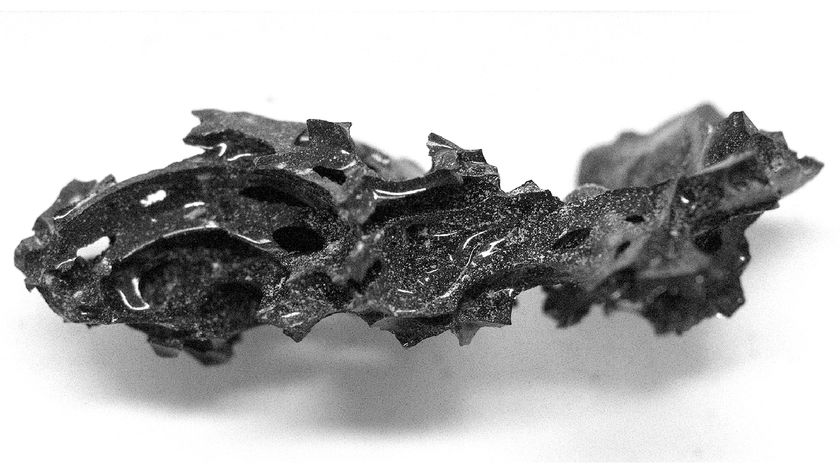Photos: Ancient Roman Tavern Served Wine, Fish and Flatbread
An unexpected first
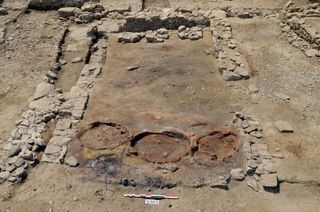
During its heyday, a tavern in Roman France served wine, fish, meat and flatbread to hungry patrons, a new study finds. The tavern dates to just after the Roman conquest of southern France, and shows how the local Celtic culture integrated Roman aspects of living, such as communal eating, into everyday life. [Read the Full Story on the Roman Tavern]
Southern France
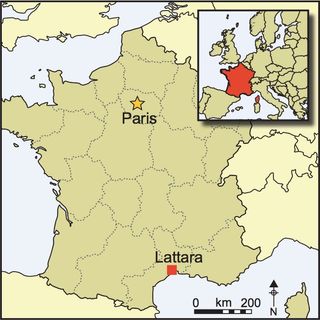
The archaeologists uncovered the ancient tavern at the archaeological site of Lattara.
Ancient city
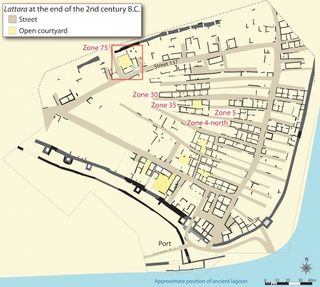
The layout of Lattara (modern Lattes) at the end of the second century. The tavern is located in Zone 75.
Tavern excavation
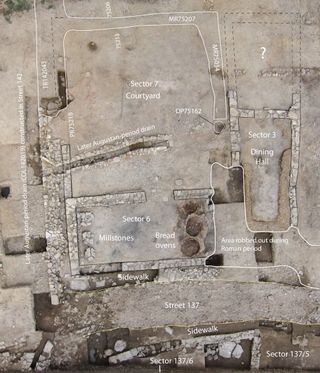
An aerial view of the excavated tavern. Note the kitchen, which held the bread ovens and a millstone, and the dining hall, which has a bench around three of its walls.
Kitchen time

These three ocher-colored clay ovens were likely used to cook flatbread and other food.
Ash-filled oven
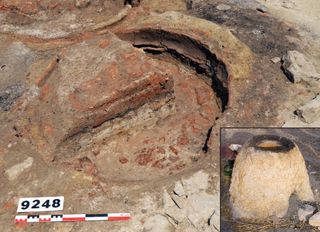
A view of the ash-filled oven next to an insert (lower right) of a modern tabouna (Tunisian bread) oven from Souidat, Tunisia.
Grinding stones
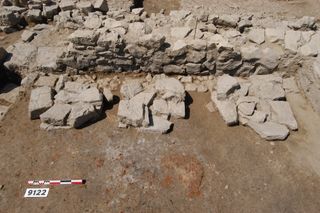
Three stone bases that likely held a millstone used to grind flour.
Sign up for the Live Science daily newsletter now
Get the world’s most fascinating discoveries delivered straight to your inbox.
Animal bones
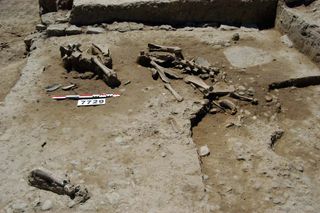
Cow and sheep bones discovered in the courtyard outside the tavern.
Offering to the gods
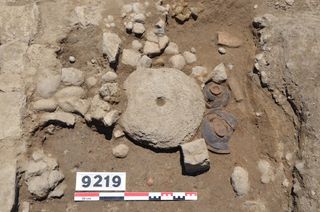
A millstone, likely buried as an offering to the gods, that the archaeologists found in the courtyard.

Laura is the archaeology and Life's Little Mysteries editor at Live Science. She also reports on general science, including paleontology. Her work has appeared in The New York Times, Scholastic, Popular Science and Spectrum, a site on autism research. She has won multiple awards from the Society of Professional Journalists and the Washington Newspaper Publishers Association for her reporting at a weekly newspaper near Seattle. Laura holds a bachelor's degree in English literature and psychology from Washington University in St. Louis and a master's degree in science writing from NYU.
